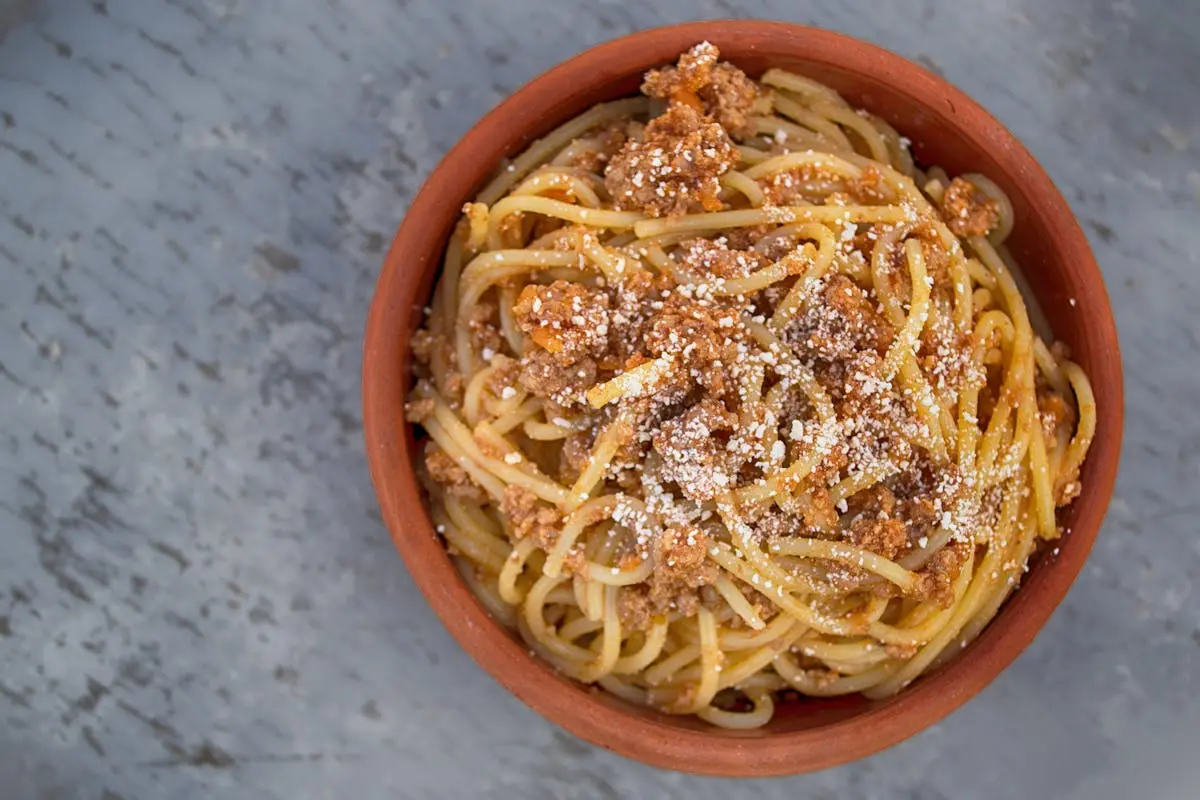Paleo Diet Benefits in Toronto
The hunter-gatherer, or Paleo, diet is based on the kinds of foods that Paleolithic humans would have consumed. Primal or caveman eating are other names for this style of eating.
Since the Paleo diet is based on real, whole foods, it prioritizes produce, meat, fish, eggs, nuts, and seeds over other foods. As a result, a wide variety of processed or man-made foods that contain additives, coloring, artificial flavorings, hidden sugars, and preservatives are eliminated.
Despite being based on the alleged diet of Paleolithic ancestors, the Paleo diet is a contemporary eating regimen that has become extremely popular in recent years, largely because of the numerous success stories seen by those who adhere to it.
Its foundation is the idea that because human genetics haven’t altered much since the Agricultural Revolution, also known as the Neolithic Revolution, which occurred about 10,000 years ago, modern humans can adapt to the diet or diets of the Paleolithic era.
Many people now use it as their “go-to” nutrition plan, and other people think that’s how everyone should eat. The Paleo diet has consequently become a contentious subject in the field of nutrition, so it is crucial that we have an unbiased grasp of this eating plan.
Here are some facts:
Allowed
- Poultry, fish, and red meat (organic/grass-fed is preferred by purists)
- Eggs Fruit (purists stick to berries) (purists stick to berries)
- Fruits and veg (except nightshades like tomatoes, potatoes, and eggplants)
- Nuts (excluding peanuts) (except peanuts)
- Seeds (sparingly)
Not Permitted:
- Milk and milk products; grains and legumes
- Added or refined sugars
- Nightshade veggies like tomatoes, potatoes, and eggplant
- High omega-6, refined, or hydrogenated vegetable oil
- Added salt
- Coffee or alcohol

Discover How I Can Help You Lose Weight
How to meal prep – even if you don’t have any nutrition background!
A little-known way to lose weight – you’ll be amazed!
A stupidly simple trick for losing your belly fat.
What the professionals in fitness do when they want to lose weight.
The secrets of losing belly fat. This one will blow you away!

History
In the middle of the 1970s, gastroenterologist Walter L. Voegtlin made the Paleo diet widely known. He was among the first to propose that adopting a diet resembling that of the Paleolithic age could significantly improve one’s health. In the Stone Age Diet, which he self-published, he emphasized that Paleolithic humans were carnivores who consumed primarily protein and lipids with minor amounts of carbohydrates. In addition, while doing so, he found some of the linked health benefits based on his own medical practices at the time.
We didn’t see any further publications on this diet until the late 1980s, and Eaton, Konner, and Shostak released another book on this dietary strategy in 1988. According to this book, our diets now should contain the same ratios of macro and micronutrients as those consumed by people in the late Paleolithic. Foods that were unavailable prior to the advent of agriculture were not included.
A scientific investigation known as the Kitava Study was carried out in 1989 by Steffan Lindeberg. This study, which focused on the non-Westernized Kitava in Papua New Guinea, revealed a link between food and Western diseases. This is so because the people of Kitava did not experience the same types of medical conditions as people who ate a diet similar to that of the West.
As a result, several physicians and nutritionists have been advocating for a return to a so-called Paleolithic diet since the 1990s.
Numerous publications, websites, and advertising efforts are now being run to support such a diet. The Paleo diet comes in many different forms, but they all generally follow the same guiding principles.
A FUN TOOL We shall examine the many advantages that this diet has for some people. However, like with many dietary regimens, you will run against trainers who promote this diet as the “Be All, End All” and insist that “we need to eat as our ancestors did” (especially if you have a social media profile). Simply asking them, “What was the life expectancy of our Paleolithic ancestors? 29?” will suffice.
The Fundamental Method
Eat the same food sources that were accessible to Paleolithic humans in any of their ecological niches. This is one of the basic principles of the Paleo diet.
In the contemporary world, this entails eating meat from domesticated animals and cultivated vegetation. It includes items that can be caught or hunted, such as fish and meat, as well as foods that can be foraged, like eggs, fruit, herbs, insects, mushrooms, nuts, seeds, vegetables, and spices.
Additionally, free-range or grass-fed meats are typically advised over grain-fed domestic meats since they have greater nutrient profiles and contain fewer contaminants. To further limit contamination and potential toxicity problems, it is advised that foods that can be collected be organic and locally farmed.
The diet excludes a number of foods and food groups, including dairy products, grains, legumes, processed oils, refined sugar, and salt. These foods and food groups were rarely or never consumed by humans prior to the Neolithic Agricultural Revolution.
Water serves as the primary source of fluids, whereas artificial beverages, alcohol, and coffee are prohibited. Some organic teas might be allowed.
Paleo Diet Health Benefits
The popularity of the Paleo diet is growing as a result of a variety of advantages that regular Paleo dieters can enjoy.
The following advantages may be attained by Paleo dieters:
- Higher and more constant levels of energy
- Better sleep
- Cleaner skin and hair
- Mental clarity
- Better mood and attitude
- Improvements in people who experience depression and anxiety
- Less bloating or no bloating, less gas
- Reduced risk of heart disease, diabetes, and cancer
- Muscle growth and increased fitness
- Higher immune function and a general sense of well-being
- Improved glucose tolerance and insulin sensitivity
- Better lipid profiles; Healthier gut flora
- Better nutrient absorption from food
- Lessened allergies
- Improvements in those with respiratory conditions like asthma.
According to the aforementioned list, the Paleo diet has a lot to give, so it’s critical to comprehend why we might experience such widespread advantages.
Loss of Weight
You’ll probably reach a calorie deficit quite fast when you stop eating high-calorie, refined-carbohydrate meals like white bread, cereal, and pasta. Is it possible to feel healthy and thriving while eliminating certain foods? Fruit and vegetables are the main sources of carbohydrates in the Paleo diet. By removing a specific food category from the diet, we can lower our daily calorie consumption and experience weight loss. Additionally, studies have indicated that a low-carb diet may promote more weight loss than a traditional low-fat, high-carb diet (Once again, by making it easier to achieve a calorie deficit). Additionally, you’re more likely to consume more dietary fiber, which prolongs the sense of fullness after meals and helps you feel less hungry throughout the day. Last but not least, removing from the diet any processed, high-calorie, low-nutrient items will result in even more calorie reduction and help with weight loss.
Heart Wellness
We can reduce our daily calorie intake and experience weight loss by eliminating a certain food group from our diet. A low-carb diet may also encourage more weight loss than a conventional low-fat, high-carb diet, according to studies (Once again, by making it easier to achieve a calorie deficit). Furthermore, you’re more likely to eat more dietary fiber, which prolongs your feeling of satiety after meals and aids in reducing your need for food throughout the day. Last but not least, eliminating any processed, high-calorie, low-nutrient foods from the diet will lead to an even greater reduction in calories and aid in weight loss.
Consistent Blood Sugar
A diet that is strong in fiber and low in carbohydrates, as well as another whole, single-ingredient foods, aids with blood sugar regulation. This has a significant impact on reducing the chance of developing Type 2 diabetes and may even reverse its symptoms.
Conclusion
Who Should Follow a Paleo Diet?
The Paleo diet mostly consists of high-quality meats, seafood, and vegetables, along with a little amount of fruit and nuts.
This diet is a wonderful “foundation” diet for people looking to achieve their ideal body composition and health, and there are many success stories to support this.
Therefore, a better query may be: For whom is this diet inappropriate?
Even while the current nutrition routine is extremely straightforward, it is not necessarily simple to follow. Have you ever tried to survive just on meat and vegetables?
Due to the Paleo diet’s restrictions, many people may discover they are cutting out too many foods at once and abandon the diet altogether.
It is a really rigid diet protocol, and because we live in contemporary culture and are surrounded by non-Paleo foods, it can seem boring and repetitious.
Now that we know why there might be so many advantages, we might be able to get by with a partial application of the protocol while still getting good outcomes. Therefore, we can take the “useful” or “relevant” aspects and apply them to our daily activities.
Consider a person who wants to lose weight as an example. We know that a diet low in refined carbs and meals can assist to lower the daily energy consumed, correct?
without having to keep track of calories. This person might start to make improvements by following the general rule of minimizing the use of processed, refined carbs. But is it really necessary to do away with a whole food category in this process, like dairy?
I say no, and there is a ton of evidence to support me.
Unfortunately, the Paleo diet does not do this; rather, our aim should be to create inclusive rather than restricted diets.
However, it does function as a “fast cure” technique and can be a great base or place to start for some people.
Reintroducing meals into the program is advisable as long as no side effects are noticed and the patient is making progress toward their goals. This will boost dietary compliance and serve as the cornerstone of an effective long-term nutrition approach.



0 Comments